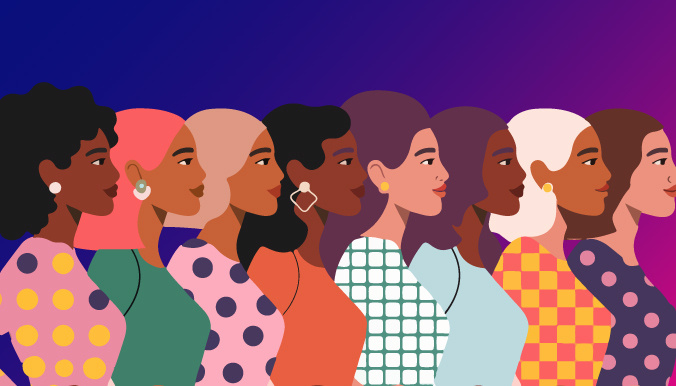- Why Amagi
-
Solutions
Contact UsUse CasesWho We Serve
-
Products
Contact UsCloud ModernizationStreaming TV
-
Resources
Contact UsINDUSTRY REPORTSAmagi FAST Report #14: Navigating the Emerging Distribution LandscapeJanuary 30, 2025Read More
-
Company
Contact UsNewsroomAmagi launches AI-powered Smart Scheduler to improve content programmingApril 3, 2025Read More
Blog
Tone mapping: The secret sauce to powering life-like viewing experiences
By Kushagra Pandey, Product Manager, Amagi LIVE - March 8, 2022
By definition, tone mapping is a video processing technique that helps map one set of luma (brightness) and color space to another.
In simpler words, tone-mapping is the process of re-adjusting the brightness and color of the video, so that it is displayed as expected on the target display.
Typically, it is part of the post-processing step in any multimedia workflow.
Why do we need tone mapping
Earlier, all television sets conformed to BT.709, a standard that governed all TVs up to High Definition Television (HDTV). Hence, the creative artists would just calibrate the content for BT.709 as the final step and be done. However, as High Dynamic Range (HDR) came along (that too in multiple competing standards like HDR10 and HLG), post-processing the content to adjust its display properties became essential.
If we consider today’s scenario–we broadly have television sets conforming to three different standards. This effectively implies that to deliver flawless video output to TV sets conforming to three different types of TV sets, we’ll have to create three different versions of every content asset. This is practically impossible and that’s where tone mapping plays a key role.
If a piece of content meant for a particular standard is shown on a screen that is incapable of displaying it properly, or is tricked into showing it without tone mapping (by signaling the wrong HDR standard), the resulting image is going to be way off.
Given the above premise, tone mapping needs to be an indispensable part of the broadcast workflow.

Example of tone mapping
Amagi’s tone mapping solution highlights
Amagi offers an entirely software-based solution for transcoding, tone-mapping, and delivering UHD and HDR content over the cloud. This eliminates the need for manual hardware systems altogether, thus providing a higher degree of control in the hands of content owners.
The process

Broadcasters can drop assets in any HDR format and Amagi CLOUDPORT – our cloud playout solution - starts processing them further. If formats differ, it can use tone mapping to transcode the same. For instance, let’s assume that a channel runs in HDR10 format. The customer, however, drops the assets in HLG. Now, these assets need to be transcoded and adapted to bring all of them in the same format, which is HDR10 in this case. The process used in achieving this is tone mapping.
Formats supported
Currently, Amagi CLOUDPORT can support playout in HLG, HDR. While we can also support Dolby Vision and all HDR formats including HDR10+, these haven’t gained much traction in the broadcast industry as of now.
Exciting roadmap
Amagi is currently working on technology to support the following
- Higher frame rates (120fps)
- Resolution: 8K
- Bit depth: 12-bit
- HDR 10+
All set to power life-like viewing experiences?
Reach out to us at cloudandme@amagi.com
Related Blogs
Get Started
Increase revenue and reach with our Broadcast & Streaming solutions.
Channel creation. Content distribution. CTV monetization.





